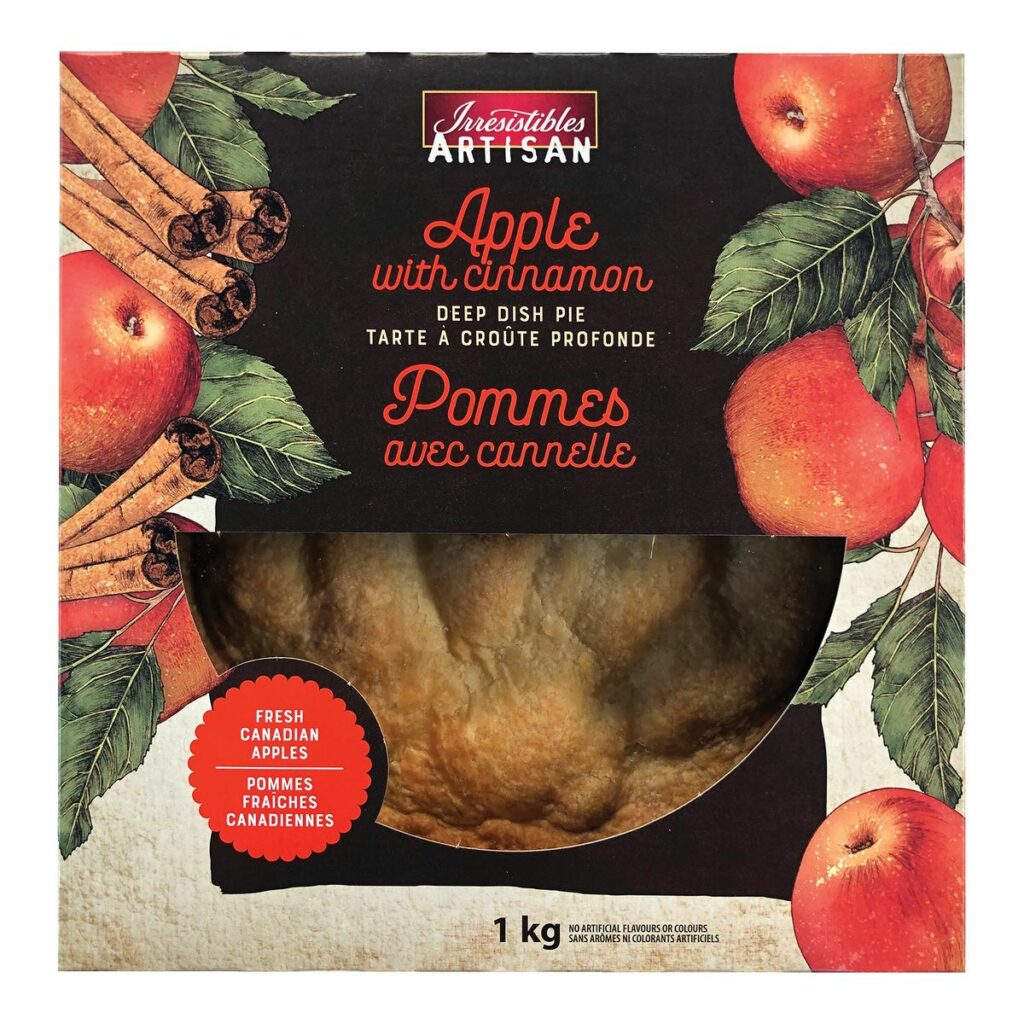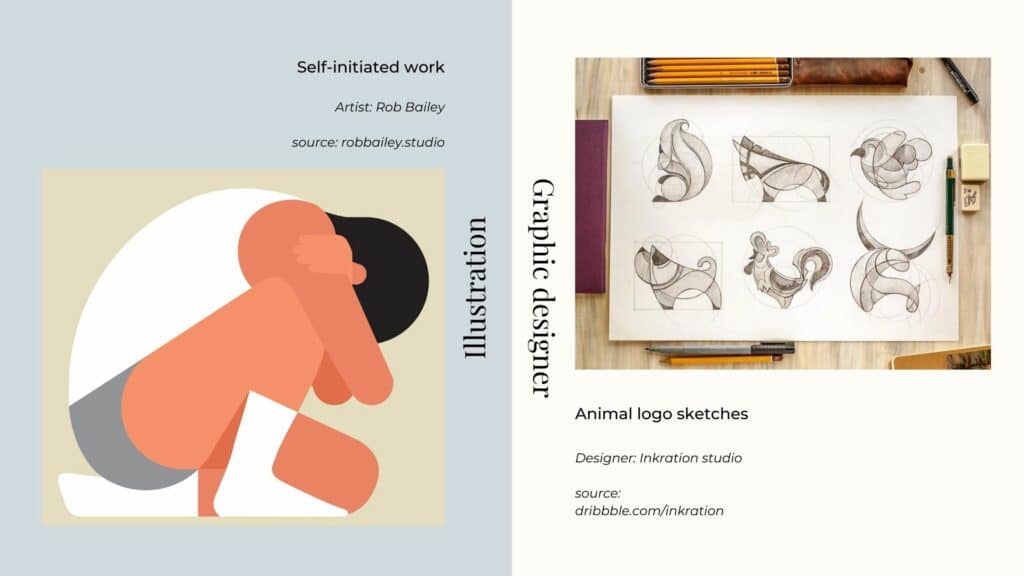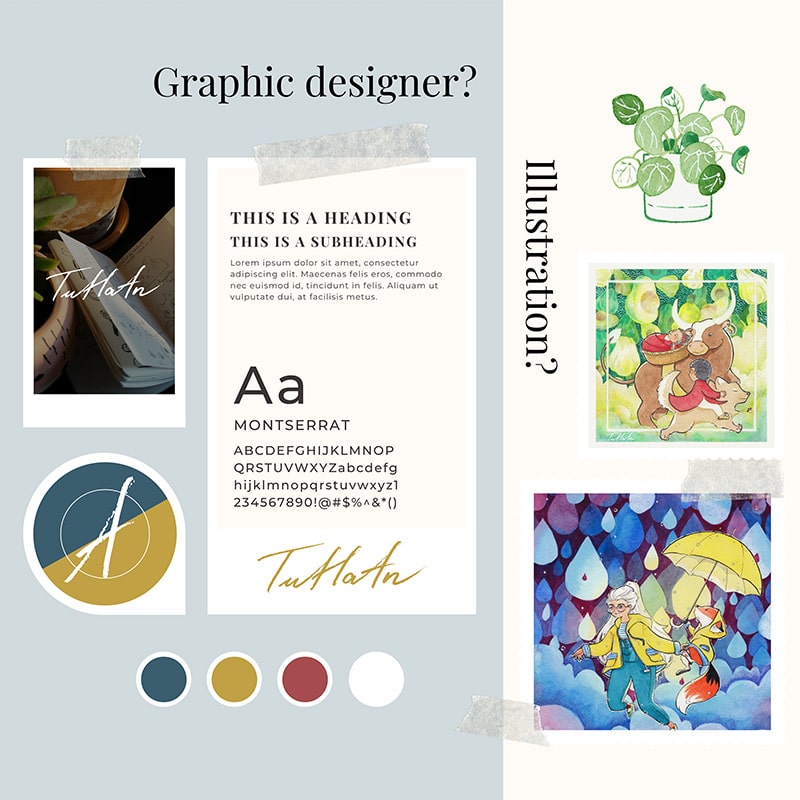Edited by my beloved friend K.L
Recently, I started working as a professional illustrator. Like most freelancers who are just starting out, I am still trying to position myself in the marketplace and searching for clients.
Given such context, some people in my circle do not understand times when I would refuse making logo or graphic design jobs for brands, or when I decline an offer to build up layout for children’s books, which seems to be a dream job for someone who is to known to always have been wanting to work in publishing like me.
This is not because I am picky with projects or because of the imposter syndrome that would prevent me from accepting these offers. I turned them down simply because they are not part of what I consider as my profession. In fact, these clients do not need an illustrator for their projects. They need a graphic designer. And I, I am an illustrator.
What could be the difference?
Fifteen years ago, when I started to seriously consider my choice of career, I also asked the following questions: “What is the difference between an illustrator and a graphic designer? What do they do? Could it be that illustration is just a specialization of graphic design?” Due to the lack of information back then, I could not find satisfying answers for myself; and even today, these two professions are often confused
Even today, these two professions are often confused. This is quite understandable if you do not work in the visual field or if you have never collaborated directly with a graphic designer or an illustrator. This confusion would be just like how many people could not see a clear difference between the job of an accountant and that of an auditor ; or between the job of a translator and that of an interpreter.
To add more to the mix, these two professions belong to the same family of multimedia content creation: Creating all or part of the graphic and visual elements in order to produce a printed, an audiovisual or a multimedia document (such as book, brochure, web page, CD-ROM, animated film, video games, etc.)
Illustration and graphic design are often complementary, however, they remain two different professions. So, how to see the difference between these two professions and put the right name on the right job?
Let’s start with the official definition
If we look at the definition in Oxford dictionary:
Illustrator
Illustrator: a person who draws or paints pictures for books, etc.
And for the word illustration: a drawing or picture in a book, magazine, for decoration or to explain something
Graphic designer
Still according to Oxford:
Graphic: connected with drawings and design, especially in the production of books, magazines, websites, etc.
Designer: a person whose job is to decide how things such as clothes, furnitures, tools, etc. will look or work by making drawings, plans or patterns
These definitions quickly make sense to me as someone who works in the field of visual creation, but it could still be quite challenging to grab if you are not familiar with this business.
Concretely: illustrator and graphic designer, who does what?
Oftentimes, I would hear people saying that a graphic designer works digitally while an illustrator works with traditional techniques. However, the true distinction does not lie in the tools nor the techniques, but in the nature of each profession.
Let me show you few examples:
Illustrator
The job of an illustrator consists of drawing. The aim of such drawing is to concretize an idea or a concept that is pre-determined by customers, or to translate an idea from its text form into an image.
For examples:
- illustrate an advertising campaign
- illustrate a magazine article
- illustrate a book
- drawing live during an event

Graphic designer
The job of a graphic designer consists of harmonizing all the elements of content in a creative way to build up a clear and attractive final presentation.
For examples:
- work out a graphic charter and a visual identity for a brand
- create mock-ups
- choose the typography

When we see the work of an illustrator and of a graphic designer on the same product
More than often, the professions of illustration and of graphic design complement each other. Let’s take the case of this pie box below, the type of packaging commonly seen in grocery stores:

On this box, the illustrations of apples and cinnamons were done by an illustrator. These drawings were then assembled by a graphic designer, whose decision also covered the typography to be used, the positioning of different elements like brand logo, product name, placement of transparent film, and also the illustrations made by the illustrator …
A graphic designer and an illustrator work independently. The only common line between them is to respect the briefs given by their common customer: Irresistibles Artisan.
Could a graphic designer become an illustrator and vice versa?
Even if illustrators and graphic designers share in common many technical elements such as the colour scheme or the composition of images, it is not a primary requirement for a graphic designer to know how to draw, and likewise, an illustrator is not obliged to have graphic design knowledge (for example: choosing the typography, creating a mock-up…) to exercise their profession.


On the other hand, there are illustrators who specialize in “flat-illustration” which gives a similar impression as a work of graphic design. Besides, there are plenty of graphic designers who are excellent at drawing and always start their work from a hand-drawing sketch.

These people who master both skills can choose to practice just one profession: either illustration OR graphic design. Or there are many people who are both illustrators AND graphic designers at the same time as well. In this case, these professionals can work purely on an illustration or a graphic design project or they can also fill both roles in a project that requires both professions. The more skills they have, the more job options they would receive, but the key of being professional is that at any moment of the work, they always know precisely what role they are undertaking: illustrator, or graphic designer, and hence are able to make use of adequate tools to adequate inputs.

All in all, if you want to collaborate with a professional to look after the visual aspect of your project, it is important to specify your requirements in order to better define what kind of skills you are looking for. As we have seen before, the line between illustration and graphic design can be rather blury in some cases. If you love someone’s style but you are not sure if he or she can fit to what you are looking for then please stay assured that it is totally normal and at time like that please do not hesitate to contact that person for more information. (And who knows, your messages might just add an extra spoon of happiness in their day because people who are passionate about what they do always love to talk about their profession!)
Keep creating!
Tu Ha An
(*) (According to Cleor.org, Keys for evolution and orientation in the French region)
*Please consult the information on Copyright & Intellectual Property before copying or mentioning the content and images of tuhaan.com








